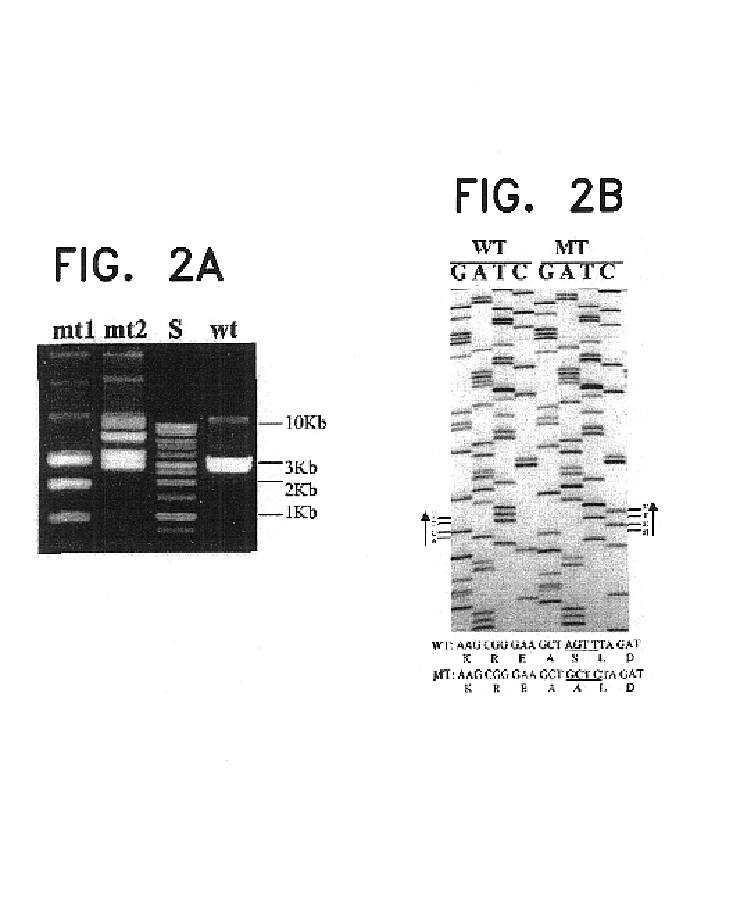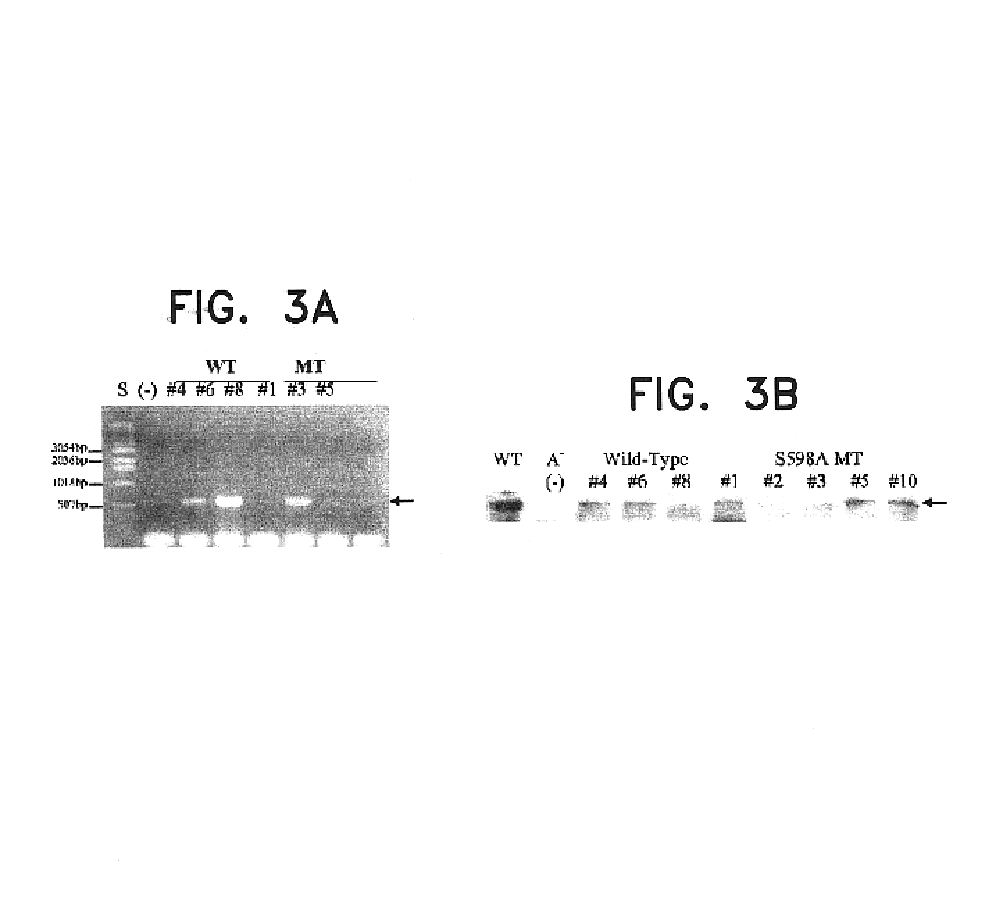Nucleic acid molecules encoding hyperactive mutant phytochromes and uses thereof
a technology of mutant phytochromes and nucleic acids, applied in biochemistry, organic chemistry, biochemistry apparatus and processes, etc., can solve problems such as hyperactivity of phytochromes, and achieve the effect of being easily used
- Summary
- Abstract
- Description
- Claims
- Application Information
AI Technical Summary
Benefits of technology
Problems solved by technology
Method used
Image
Examples
examples
Plant Materials and Growth Conditions
[0023]Seeds of pea plant was germinated and grown under sterile condition on the Murashige and Skoog (MS) media. The Arabidopsis thaliana ecotype Ler, phyA-201 mutants, and transgenic lines were grown on 0.5× MS medium. All Arabidopsis cultures were maintained in a controlled environment culture room at 26° C., 70% humidity and for the photoperiod of 16 hours. The Arabidopsis transformation was performed according to the simplified floral dip method, a well known technique to the art. For FR-high irradiance response, growth chamber (model E-30LED1; Percival Scientific, Inc., Boone, Iowa) equipped with FR light-emitting diode was used.
Enzymatic Treatments of DNA
[0024]DNA manipulations were carried out according to the standard procedures with some modifications whenever required. Restriction enzyme digestions were routinely done in 20 μl reaction volumes with an enzyme of 1-5 units per microgram DNA, and the mixtures were incubated at an appropria...
PUM
| Property | Measurement | Unit |
|---|---|---|
| Biological properties | aaaaa | aaaaa |
| Absorption spectrum | aaaaa | aaaaa |
| Hypersensitivity | aaaaa | aaaaa |
Abstract
Description
Claims
Application Information
 Login to View More
Login to View More - R&D
- Intellectual Property
- Life Sciences
- Materials
- Tech Scout
- Unparalleled Data Quality
- Higher Quality Content
- 60% Fewer Hallucinations
Browse by: Latest US Patents, China's latest patents, Technical Efficacy Thesaurus, Application Domain, Technology Topic, Popular Technical Reports.
© 2025 PatSnap. All rights reserved.Legal|Privacy policy|Modern Slavery Act Transparency Statement|Sitemap|About US| Contact US: help@patsnap.com



